Discover More Topic Guides
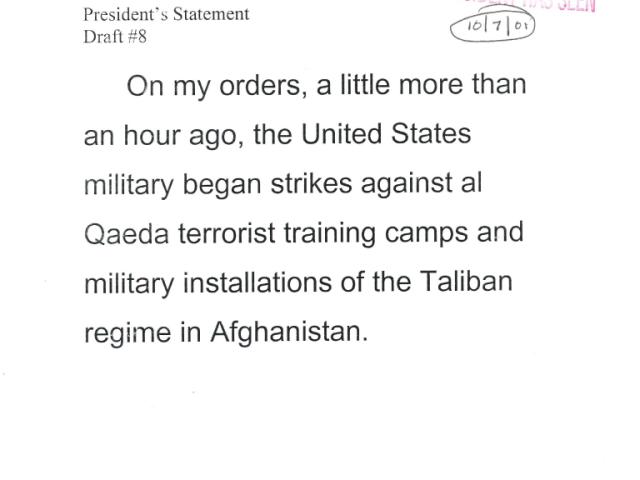
The War In Afghanistan
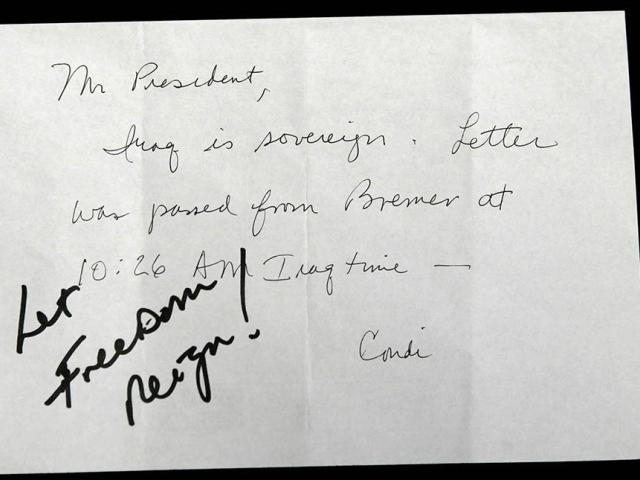
The Iraq War
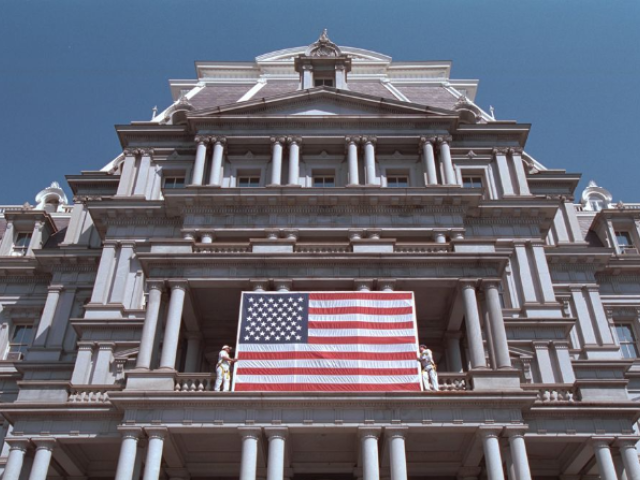
Executive Office of the President
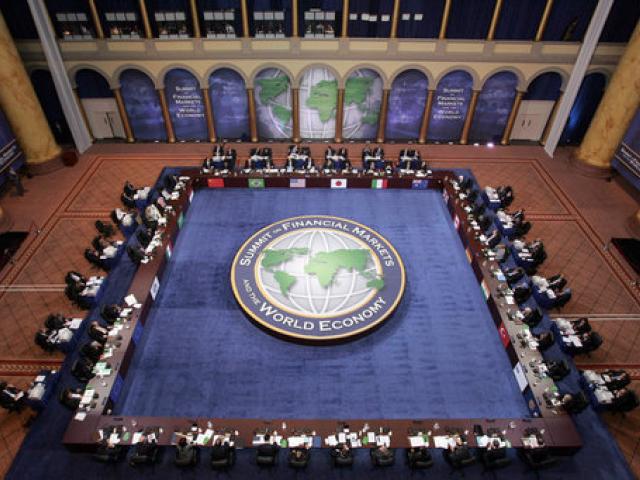
International Trade
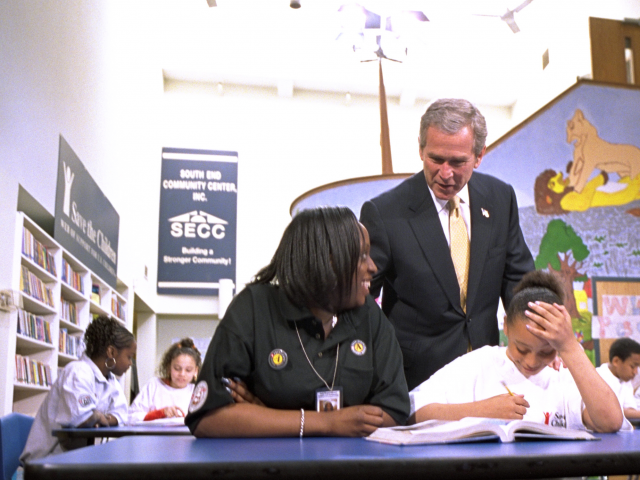
USA Freedom Corps
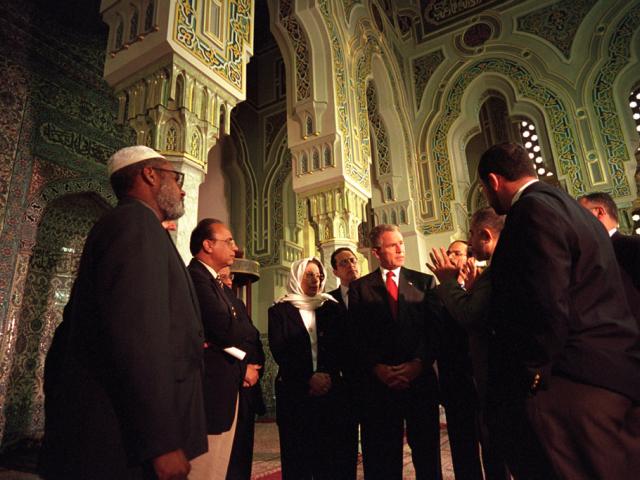

President George W. Bush used the Presidential Briefing Papers as a guide for his working day. The documents within each packet represent all of the materials the President would need during each day. These materials include a daily schedule, event and meeting briefing memoranda, lists of event participant, biographical information, agendas, and other documents related to scheduled meetings and activities for that day. The President’s formal schedule for each day, a block schedule for the calendar month, and a narrative schedule for the immediate week ahead are included at the beginning of each packet.
The President’s formal schedule for the day includes the times and locations of each event and the narrative schedule typically reflects two weeks of Presidential duties. The briefing memorandum describes the purpose of each meeting, a background of the issues being discussed, a list of participants, and for event memoranda, a description of the sequence of events for the day or evening. If the President is giving remarks that day, the briefing packet will include a copy of the remarks and biographical information about people he will be meeting.
Unlike the Presidential Daily Diary, which records every action of the President in detail, the briefing papers record the agenda for that day and may include events that were scheduled for the President, but did not happen. For example, President George W. Bush was scheduled to meet with Catholic Hispanic Leaders and attend the annual Congressional Barbecue on September 11, 2001. Due to the terrorist attacks that occurred that morning, his schedule outlined in the briefing papers was not followed. The Presidential Briefing Papers are a complement to the Presidential Daily Diary.
George W. Bush Presidential Library staff created a spreadsheet that identifies all the folders of the Presidential Briefing Papers that have been processed and released. The Freedom of Information Act (FOIA) request number where the folder is located and, if available, a link to the digitized records in the National Archives Catalog are listed for each folder.
In addition, photo essays, Presidential Messages and Statements, press releases, and more from 2001 - 2009 are available through the Archived White House Website.





